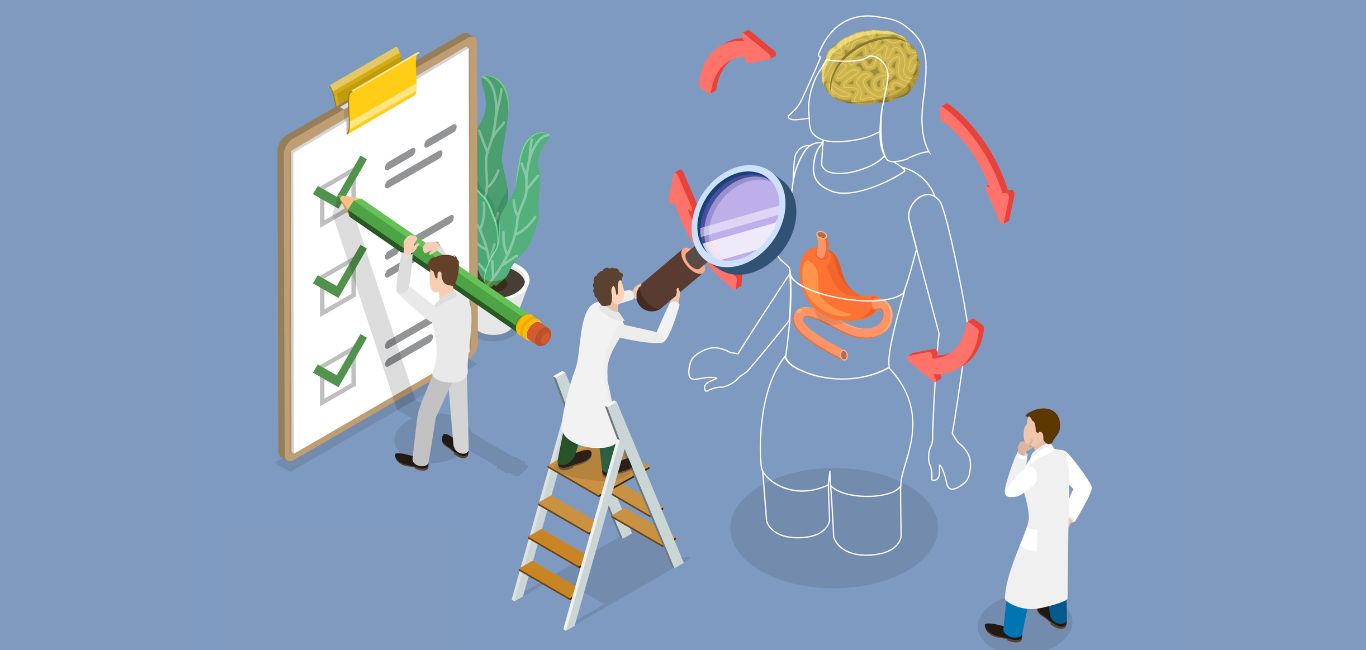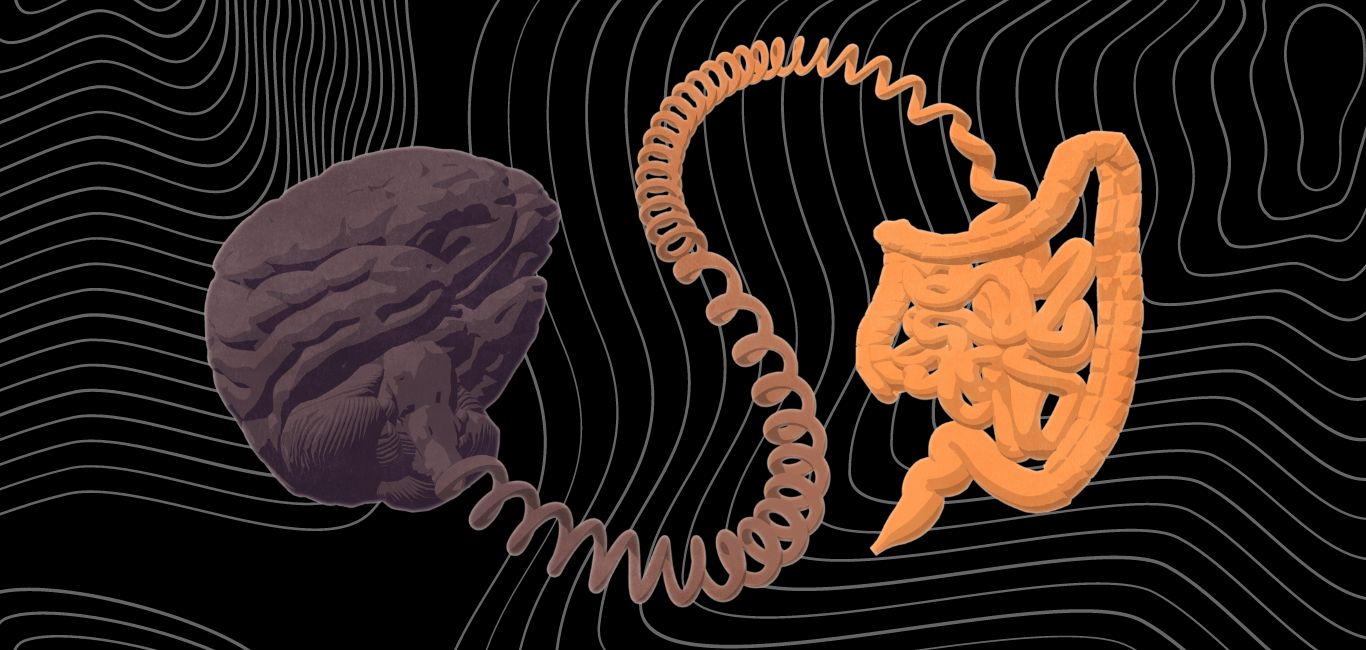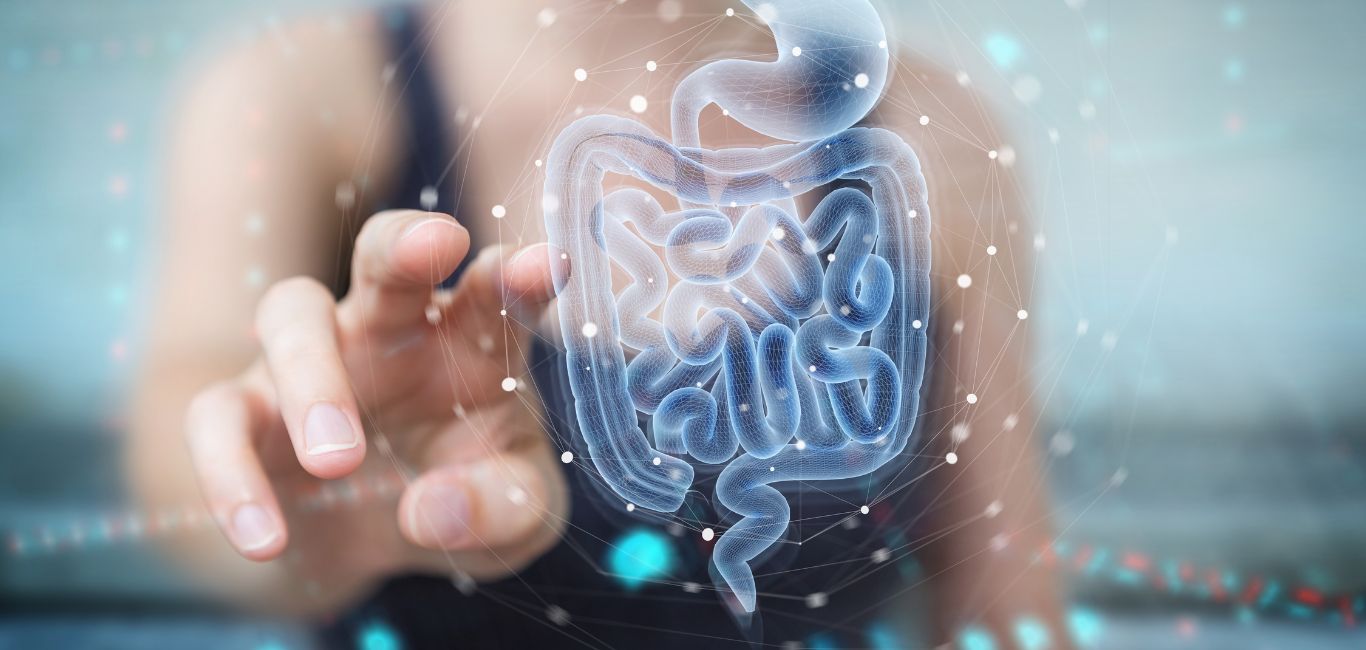
It has long been known that a communication path exists between the gut and the brain called the gut-brain axis. This so-called axis has been implicated in many neural and mental conditions such as anxiety, depression, schizophrenia, autism, Alzheimer’s and Parkinson’s Disease, wherein a dysregulated gut has led to the worsening of these conditions.
“In addition to harbouring its own nervous system, the gut is receiving and sending signals to the brain. Disrupted communication between the gut and the brain have been hypothesised to contribute to a variety of neurological and mental conditions,” Polina Anikeeva, a professor of materials science and engineering, and associate director of MIT’s Research Laboratory of Electronics told Happiest Health.
But so far, studying the gut-brain axis has been impeded due to the lack of tools that can interface with an organ like the gut.
To solve this, engineers at the Massachusetts Institute of Technology (MIT) developed a technology that can study this crosstalk between the two organs by controlling the neural circuits connecting them.
In a study published in Nature Biotechnology, the team of researchers at MIT outlined the development of a device that can be safely used in mice to control the nerve signals that induce reward-seeking behaviour and feelings of fullness in mice by manipulating the intestinal cells.
“The exciting thing here is that we now have technology that can drive gut function and behaviours such as feeding,” says Anikeeva.
Anikeeva along with Duke University graduate student Atharva Sahasrabudhe, one of the lead authors of the study, used the precision of optogenetics to study gut-brain communication.
Unravelling the gut-brain nerve signals
Interfacing with the gut has long been a challenge for scientists, says Anikeeva. This is because interfacing with the continuously contorting gut can damage the gut wall. “Our goal was to develop sophisticated neurotechnology that was also compatible with the delicate nature of the gut,” adds Anikeeva.
To do so they used the principles of a neuroscience method developed in 2005 called optogenetics. The technique makes use of light-sensitive proteins that are introduced into neurons via gene therapy methods. Once the proteins enter the nerve cells, scientists use light to activate or inhibit neurons on demand.
Sahasrabudhe led the development of the gut and brain probes by creating an electronic interface that contained flexible fibres made of polymer filaments as thin as a human hair. These filaments were embedded with heat and temperature sensors as well as light-emitting devices that were used to optogenetically stimulate cells.
“To study the interaction between the brain and the body, it is necessary to develop technologies that can interface with organs of interest as well as the brain at the same time, while recording physiological signals with high signal-to-noise ratio,” Sahasrabudhe says.
Additionally, the technology also enables them to selectively stimulate different cell types in both organs in mice to test their behaviours and perform causal analyses of these circuits, adds Sahasrabudhe.
Rewards-seeking experiments in mice
Once the researchers developed the device, they tested it on mice to see if they could influence their behaviour through the gut. They first used the fibres to deliver optogenetic stimulation to a part of the brain called the ventral tegmental area (VTA) that releases dopamine.
Mice were placed in a cage with three chambers and their neurons were activated to release dopamine when they entered a particular chamber. This dopamine rush made the mice most likely to return to this chamber.
Next, they wanted to induce the mice’s reward-seeking behaviour by manipulating the gut cells. When they used fibres in the gut to release sucrose, they saw a dopamine release in the brain, prompting the animals to seek out the same chamber in the cage.
In the next step, they realised they could skip this sucrose releasing step and directly induce the reward seeking behaviour in mice by optogenetically stimulating nerve endings in the gut, which send signals through the vagus nerve to the brain.
“Again, we got this place preference behaviour that people have previously seen with stimulation in the brain, but now we are not touching the brain. We are just stimulating the gut, and we are observing control of central function from the periphery,” Anikeeva says.
The researchers also tested the fibres’ effect on feeding behaviours. They discovered that the devices could use light to stimulate cells that release cholecystokinin, a hormone that reduces hunger. When these cells were activated, the animals’ appetites decreased, even after fasting for hours.
Unlocking a new path to study brain disorders
The researchers intend to utilise this interface for investigating neurological conditions linked to the gut-brain connection. For instance, they aim to study the higher occurrence of gastrointestinal dysfunction in children with autism compared to their peers. Additionally, they plan to explore the shared genetic risks between anxiety and irritable bowel syndrome.
But the technology has a long way to go in terms of proving its safety in human studies.
“Fibre-based neurotechnology has been safely used in rodents and larger animals, and is ripe for clinical translation,” says Anikeeva. However, the device that is reported in this study will need to be scaled to humans, and extensively studied in terms of long-term effect before it can be used to help individuals, says Anikeeva.
Optogenetics is currently being used in a clinical trial in humans for blindness but because it uses genetic methods, other applications are not yet being explored in humans, she adds.
“There is an opportunity for us to tap into those gut-brain circuits to begin managing some of those conditions by manipulating the peripheral circuits in a way that does not directly ‘touch’ the brain and is less invasive,” concludes Anikeeva.

















